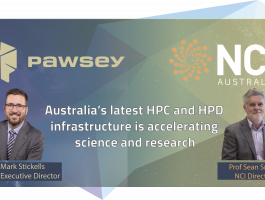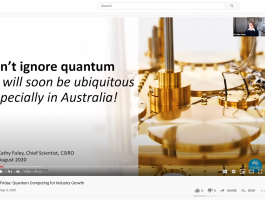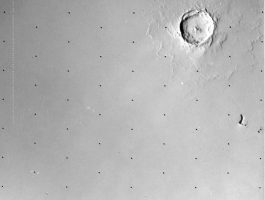
World supercomputing leadership recently announced at SC
For the first time in two years, Pawsey is back on the Top500 list with Setonix introduced to the world at the SC Conference in the USA. Setonix has debuted on the list at 314, delivering a peak performance of 2.57 petaflops per second – and that’s just the power of Stage 1. The Top



